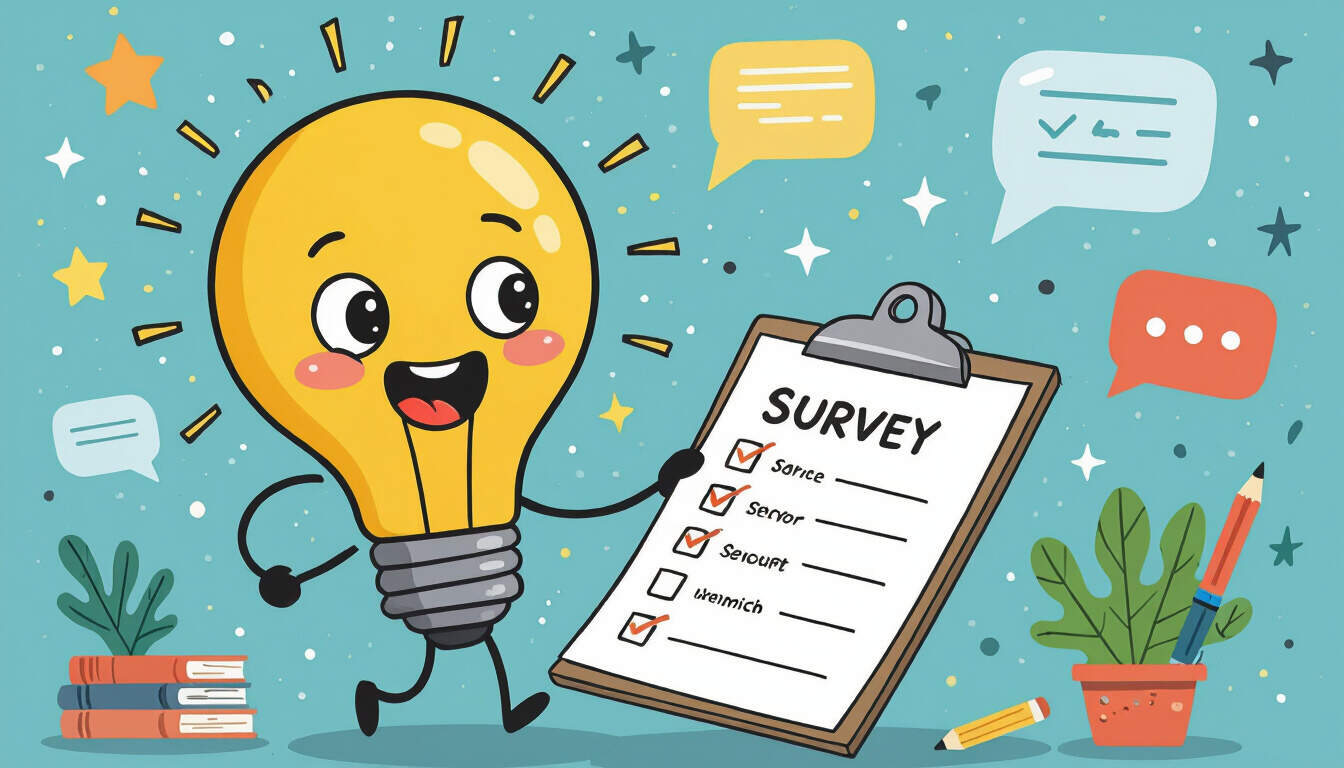User Surveys as a Key Strategy for MVP Validation with Zero-Code Tools
 by Marlene Keeling
by Marlene Keeling
Discover how user surveys serve as an effective zero-code method for validating MVPs. This approach helps entrepreneurs and startups gather valuable feedback quickly, reducing risks and refining ideas before full development.

User surveys offer a straightforward way to validate ideas for a Minimum Viable Product (MVP). They allow creators to collect direct input from potential users without writing code. By focusing on user surveys, teams can test assumptions early and make informed decisions.
One advantage of this method is its accessibility. Anyone can create a survey using intuitive platforms that require no technical skills. These tools feature drag-and-drop interfaces and pre-built templates, making the process efficient. For instance, basic questions about user needs can reveal gaps in an idea.
When building an MVP, gathering feedback is essential. MVP validation through surveys helps identify what features matter most. Startups often use this to prioritize development, ensuring resources go to high-value areas.
To get started, select the right zero-code tool. Options include platforms like Typeform or Google Forms, which let users design surveys in minutes. These tools integrate easily with other services for data analysis, providing insights without complexity.
Steps to Create Effective Surveys
Follow these steps to maximize results:
- Define clear objectives for your survey to align with your MVP goals.
- Choose question types that suit your needs, such as multiple-choice or open-ended.
- Keep surveys short to encourage higher response rates.
- Target the right audience using built-in distribution options.
- Analyze responses to draw actionable conclusions.
This structured approach ensures surveys yield reliable data. For example, a startup testing a new app idea might ask about user preferences for features.
Integrating Surveys into Your Validation Process
Once surveys are ready, integrate them into broader strategies. Start by outlining your idea and creating a simple prototype if needed. Then, use zero-code tools to deploy the survey and collect feedback. This loop of testing and refining is key to successful product development.
Many teams find that early feedback leads to better outcomes. By iterating based on survey results, entrepreneurs can avoid costly mistakes. For instance, if responses indicate a feature is unwanted, it can be dropped before investment.
Real-world applications show the impact. A product manager for a health app used surveys to validate interest in a new tracking tool. The feedback guided adjustments, leading to a more appealing MVP.
Overcoming Common Challenges
While surveys are helpful, challenges can arise. Low response rates might occur if questions are unclear. To address this, test your survey first with a small group. Ensure questions are neutral to get honest answers.
Another issue is data interpretation. Use basic analytics features in zero-code tools to spot trends. This helps turn raw data into strategic insights.
Motivation comes from seeing progress. Each survey cycle brings you closer to a validated idea, empowering teams to move forward confidently.
In summary, user surveys stand out as a practical tool for MVP work. They enable quick, cost-effective validation that supports innovation. By adopting this method, entrepreneurs and product managers can build stronger products with less effort.
